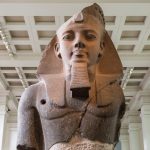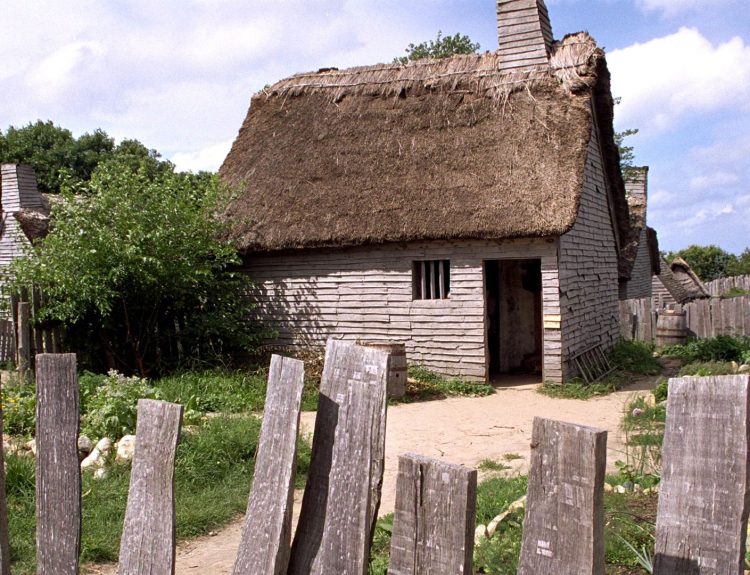Just when archaeologists thought they had studied all the ancient rock carvings at the Castle Rock Pueblo complex in Colorado, whispers from tribal elders and scans from state-of-the-art technology led the way to a collection of previously unstudied carvings.
These carvings, some of which were made thousands of years ago, include several spirals. According to archaeologists, these may have been used as calendars to track astronomical movements and mark special days.
The Ancient Village of Castle Rock Pueblo
Castle Rock Pueblo is part of the Mesa Verde Plateau in southwestern Colorado, near the Utah border. The Ancestral Pueblo people, who are also called the Anasazi, built an impressive complex of multi-level dwellings using adobe bricks. Some of their homes, in fact, were built high on inaccessible ledges and carved into the sandstone cliff faces.
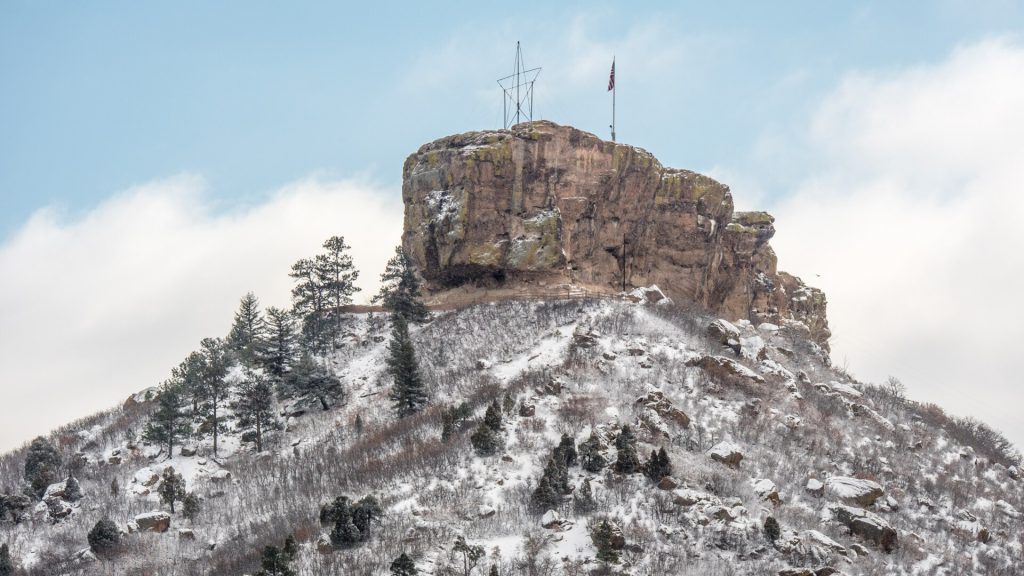
The indigenous people made their homes here until the 1200s. The region had been under severe drought conditions that lasted for decades, making it difficult to grow the food the community needed. In addition, the Ancestral Pueblo were involved in territorial wars with other Native American tribes.
A Trove of Artifacts
The drought and wars led to a decline in the population and, eventually, forced the Ancestral Puebloans from their home at Castle Rock Pueblo and other parts of Mesa Verde. They left behind a trove of artifacts.
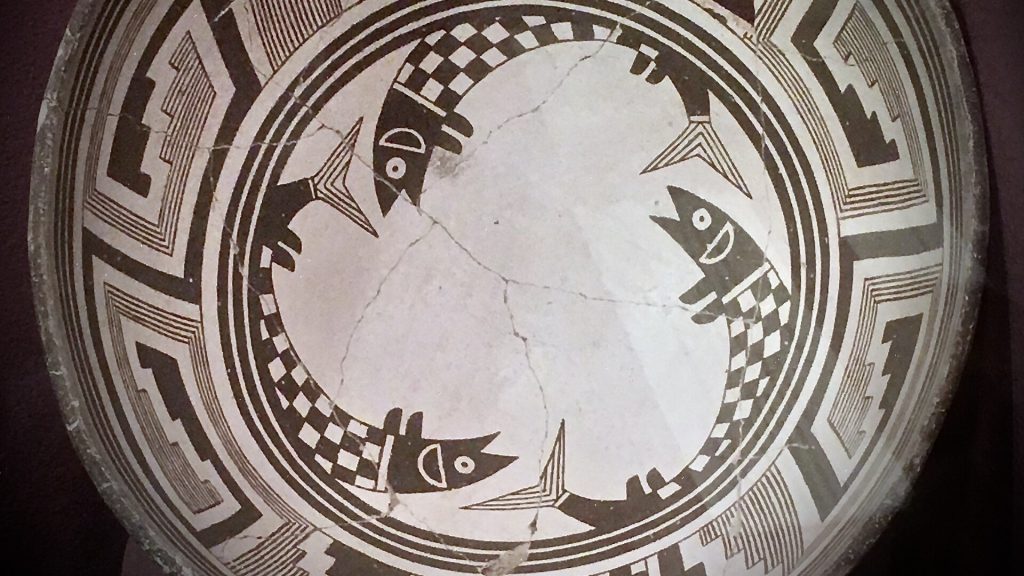
Archaeologists have uncovered ancient tools, pottery, weapons, cooking implements, and ceremonial items. These artifacts, along with the dwellings they built, have helped researchers gain insight into their lives. The Ancestral Puebloans left behind something else that gives us clues into their world … rock carvings.
Rock Art and Petroglyphs
The Ancestral Puebloans carved images and symbols into the sandstone walls of Mesa Verde. Thousands of these petroglyphs – depicting animals, human-like figures, and geometric symbols – have been found and extensively studied because they serve as a record of the past.

Many of the rock carvings are thousands of years old. Their meanings have been largely lost over time, however some of the symbols may have shared information about water sources, edible plants, and prey animals in the area.
An Expert in Native American Petroglyphs
Radoslaw Palonka, an archaeologist from Poland’s Jagiellonian University, is an expert in Native American petroglyphs. He has spent his career studying them, as have a number of other renowned archaeologists.

Palonka said, “I used to think that we studied this area thoroughly, conducting full-scale excavations, geophysical surveying, and digitalization.” It would be easy to see why. Experts have inspected every inch of the cliff faces and documented every carving. Or so he thought.
An Exciting New Discovery
Palonka was sure the site had nothing more to offer. “Yet, I had some hints from older members of the local community that something more can be found in the higher, less accessible parts of the canyons,” he recalled.
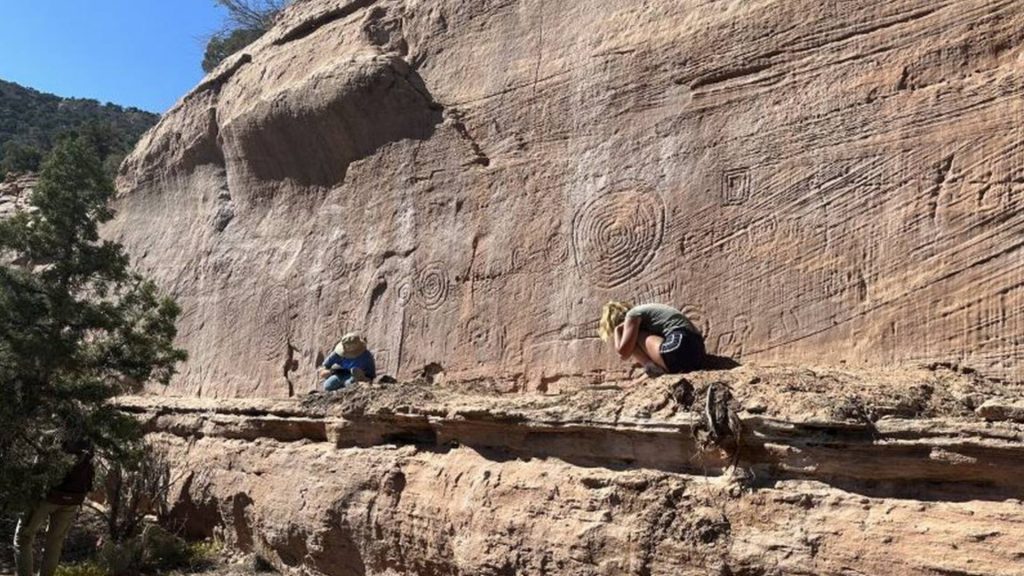
An expedition was launched and, as the tribal elders had suggested, there were more rock carvings some 2,600 feet above Castle Rock Pueblo. These new sets of petroglyphs promise to unlock even more secrets of the Ancestral Pueblo people.
Covering a Vast Distance
As the elders hinted, the newly discovered rock carvings are located in places that are not easily accessible. For starters, they are high on the cliffs. In addition, some of them are located in canyons and behind large boulders and in other challenging spots.

The newly found carvings are spread across a vast distance. They cover an area that is more than two and a half miles across.
Lines, Swirls, and Spirals
Included with the recently found petroglyphs are collections of lines, swirls, spirals, and other geometric designs. Most of the carvings defy interpretation, however Dr. Palonka and his colleagues believe they have deciphered some of them.

The spiral carvings – some as large as 40 inches in diameter – could be, according to Palonka, ancient calendars. These may have helped the Ancestral Puebloans keep track of spiritually significant days based on astronomical observations.
Shedding New Light on an Old Culture
The new petroglyphs are both surprising and exciting. They will help researchers shed new light on an old culture. Dr. Palonka believes they have the potential to completely change our current views on Native American life in the American southwest 3,000 years ago.

“The agricultural Pueblo communities developed one of the most advanced Pre-Columbian cultures in North America,” he explained. “They perfected the craft of building multi-story stone houses.” Surely, he added, they had a calendar system.
Life in the Basketmaker Era
As Palonko explained, the Basketmaker Era extended from about 1500 BC to 500 AD. At this time, the indigenous people of the Southwest were transitioning from nomadic hunter-gatherer societies to permanent, agricultural communities. They cultivated corn, beans, and squash.

We know that, in addition to being master builders and accomplished abode brick makers, the Ancestral Pueblo people built pit houses, earthen kivas, and, as the name suggests, wove baskets and mats. They learned pottery making and crafted stone tools.
Calendars Were Important Tools for Farming
The shift to agriculture made it even more important for the Ancestral Pueblo people to mark the passage of time and note key calendar dates. This information would be vital in helping them set their planting schedules.

Researchers also know that the Ancestral Puebloans had a rich religion. A calendar would have helped them identify spiritually significant days when rituals or festivals would be held.
Could There Be Even More Undiscovered Petroglyphs?
Dr. Palonka is encouraged by the recent discovery. It makes him hopeful that there are even more undiscovered petroglyphs just waiting to be found. To help locate possible petroglyph sites, he is turning to the latest, state-of-the-art technology.

Light Detection and Ranging technology, or LIDAR for short, allows researchers to see areas that have long been hidden from view. By using drones or aircraft to conduct LIDAR scans of an area, archaeologists can get a closer look at an area.
LIDAR Can Find Older, Fainter Carvings
LIDAR technology can identify carvings and petroglyphs that have eroded and worn down over time. Even faint etchings that are hard to discern with the naked eye can be picked up by LIDAR scans.

Dr. Palonka is eager to see if more petroglyphs have been revealed using LIDAR. “We are waiting for the final results of their work and hope to spot new, previously unknown, sites, mainly from earlier periods,” he said.


